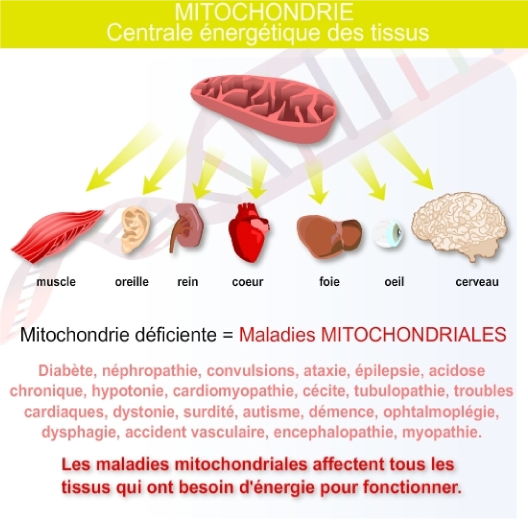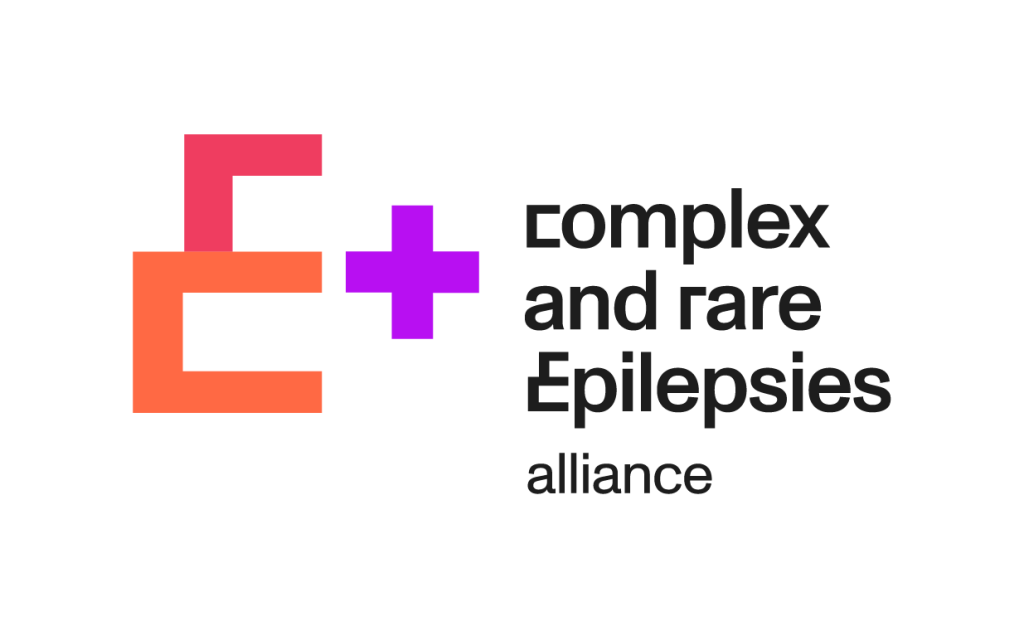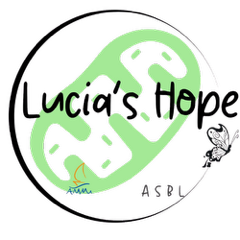Mito Diseases
Accueil » Mito Diseases
Mitochondrial diseases
What are they?
These are mostly genetic and degenerative diseases that affect one or more organs, leading to disability and profound impairment.
Mitochondrial diseases can manifest at any age.
Mitochondria are small organelles present inside each of our cells.
They contain enzymes that accelerate the reactions converting food into energy, linked to a complex chain: the respiratory chain.
Mitochondria produce 90% of the cellular energy that tissues, organs, and the entire body need to function.
A single deficiency of these enzymes leads to mitochondrial dysfunction and a wide variety of symptoms that affect our vital organs.
Mito... What?
Mitochondria are present in large numbers in almost all cells of the body; they produce approximately 90% of the cellular energy that tissues, organs, and the entire body need to function.
Who are the affected individuals?
- Children: These generally involve multi-organ, multi-systemic, multi-sensory impairments...
- Adults: These tend to involve muscular, ophthalmological impairments, diabetes...
How many affected individuals?
It is probable that many patients are not diagnosed. Nevertheless, the current estimated incidence of these conditions is between 1 and 2.5 per 1,000.
What is the origin of these diseases?
These diseases are genetic: The impairment can affect the DNA of the cell nucleus, the mitochondrial DNA, or both, thus the disease can be transmitted in various ways.
What are the treatments?
The proposed treatments are, in most cases, symptomatic, but studies are ongoing and new genes are regularly identified.







